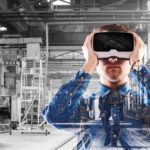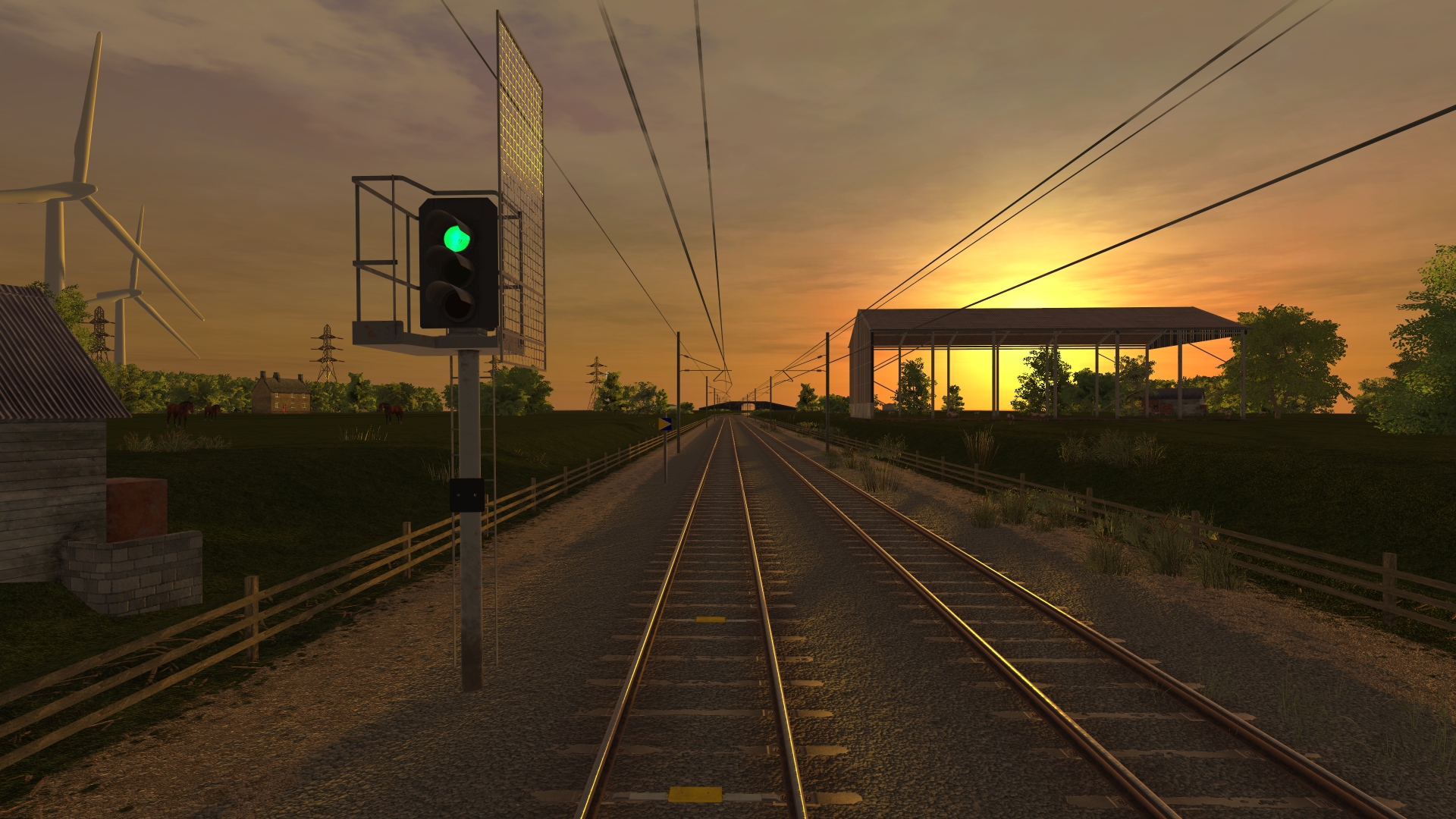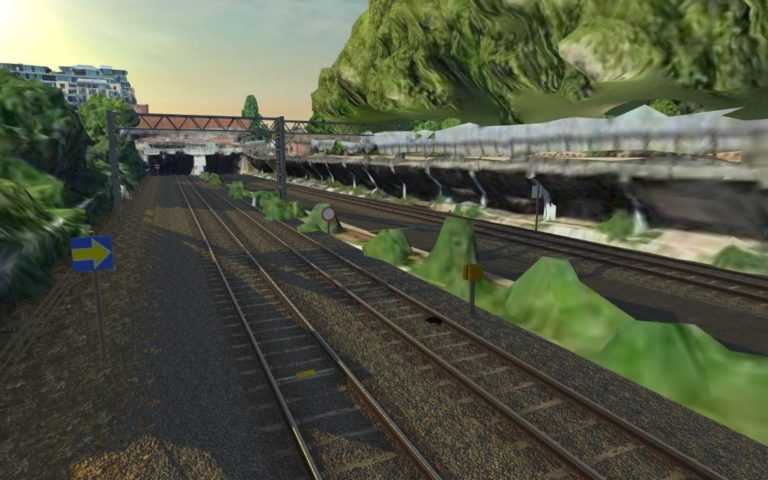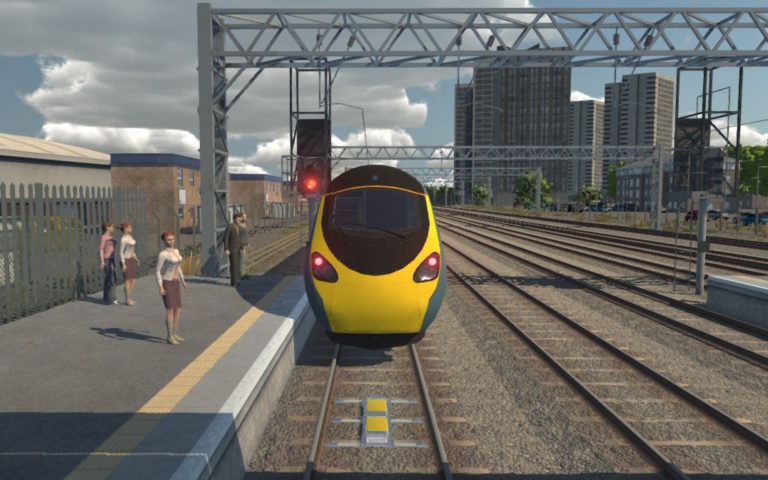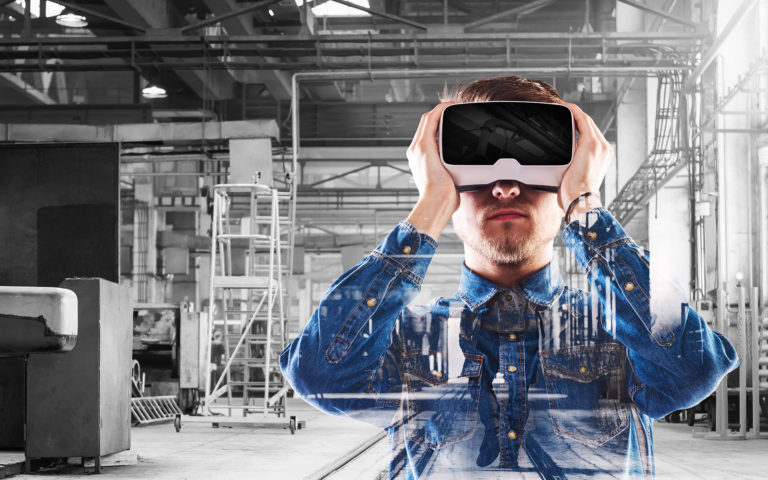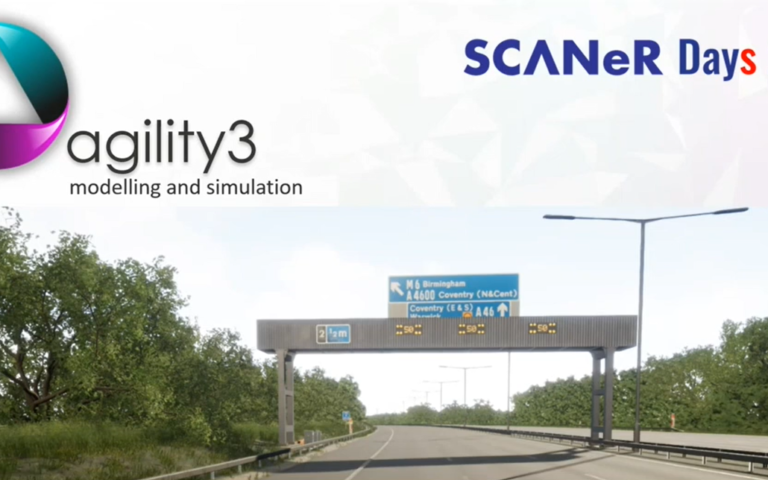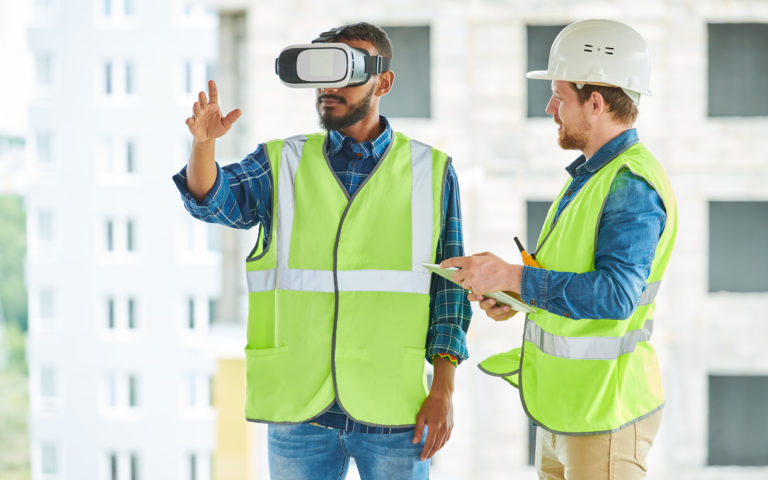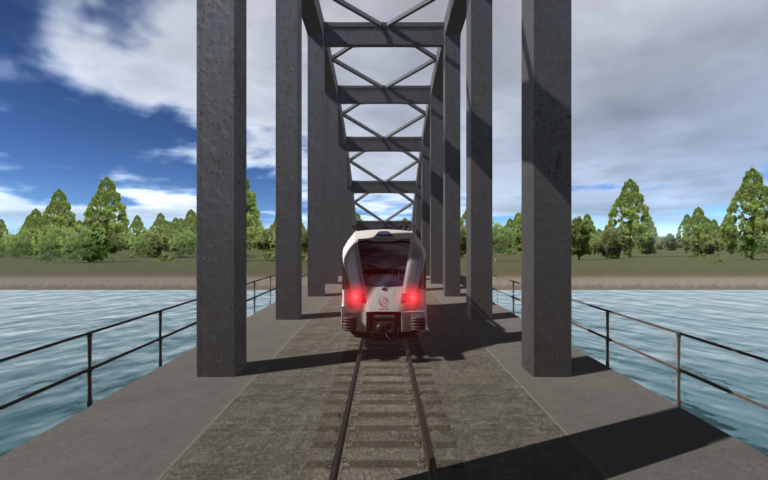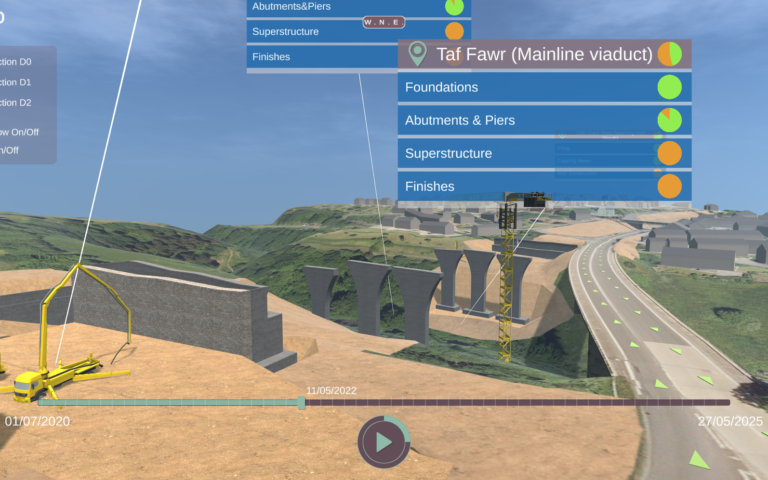According to the railway industry publication GlobalRailwaysReview.com, we have now reached “the turning point for the European rail industry”.
From continental interoperability to higher running speeds, lower carbon emissions, and the call for a tenfold increase in the speed of the European Rail Transport Management System (ERTMS) rollout, it is clear that rail is on the cusp of major change.
That’s the view from the bridge. The question is, however, what does all this change actually look like to those in the “hot seats”? What are its potential impacts on drivers and signallers? How will proposed changes to the rail infrastructure be tested for driving viability?
And how will bottlenecks and timetabling issues arising from changes in practice be identified and resolved before they cause disruption?
Introducing RapidRail
Seeing is believing, goes the adage, and the key to understanding and mitigating these challenges is indeed visual – which is why, here at Agility3, we provide our railway 3D visualisation solutions to several leading rail industry organisations…
RapidRail is just one of these – a fully customisable solution for augmenting new and existing simulations with realistic views from a simulated train cab.
What makes RapidRail especially effective is that it replicates the view from the cab. It puts the driver’s experience at the heart of efficient and safe rail services.
At the same time, it also delivers a bird’s eye view of infrastructure, networks, and assets, to enable the logistical effects and risks of change to be clearly identified.
Who does RapidRail benefit – and why?
RapidRail is aimed at railway operators, infrastructure managers and research institutions, but also other simulation providers, who can use it to read in train positions and infrastructure state information to provide users with a more realistic, real-time, value-added visual representation.
So, what makes RapidRail the solution of choice for these applications?
Firstly, realism is obviously a huge benefit. RapidRail uses technology developed in the games industry to provide users with an immersive visual experience that’s strong on detail.
Secondly, RapidRail enables new, physically authentic environments to be created in minutes, using standard, off-the-shelf, PC hardware – so high-quality output is achievable for relatively little effort, and at low cost.
Thirdly, RapidRail can be integrated with existing simulations and can incorporate special asset packs for client-specific geographic and topographical features, so it is highly customisable.
3D, VR, AR: the direction of travel
In reality, of course, one of the reasons railway visualisation solutions now meet with such success is that the world in general – not just the rail industry – is moving towards a “virtual normal”, where technologies like 3D, simulation, Virtual Reality (VR), and Augmented Reality (AR) are no longer just specialist tools for esoteric applications.
Instead, as we explored in a previous post, they are becoming everyday experiences that form the expected basis of an entire generation’s electronic engagement with sellers, suppliers, employers, and public services, to name just a few.
Rail, for its part, is being swept up into this immersive way of doing business just like many other industries – automotive, aerospace, training – and arguably even more extensively.
In fact, 3D and VR techniques are now in use in rail contexts for everything from infrastructure design validation and engineering planning at one end of the scale, to improved customer experience at the other (take a look at the Rail Experience Demonstrator we developed for Transport for London here, for example).
Delivering more with less
And if there were any doubt about the need for the rail industry to adopt 3D, VR, and AR technologies to remain competitive and viable, it’s worth remembering that ERTMS is part of a strategy to enable rail networks to deliver a great deal more capacity without adding to track length, as Europe moves steadily away from road transport and to a greener rail transport agenda.
In short, ERTMS is about squeezing maximum value out of what’s already there, using innovations like platooning and digital automatic coupling to, in essence, compress more journeys onto the same network – and more trains onto the same rails.
And when you “sweat the asset” to that degree you need to be very, very sure indeed about what is where, when, and who can see it – before you go live with it.
Better by far, after all, that an incident happens in a virtual world, rather than the real one.


